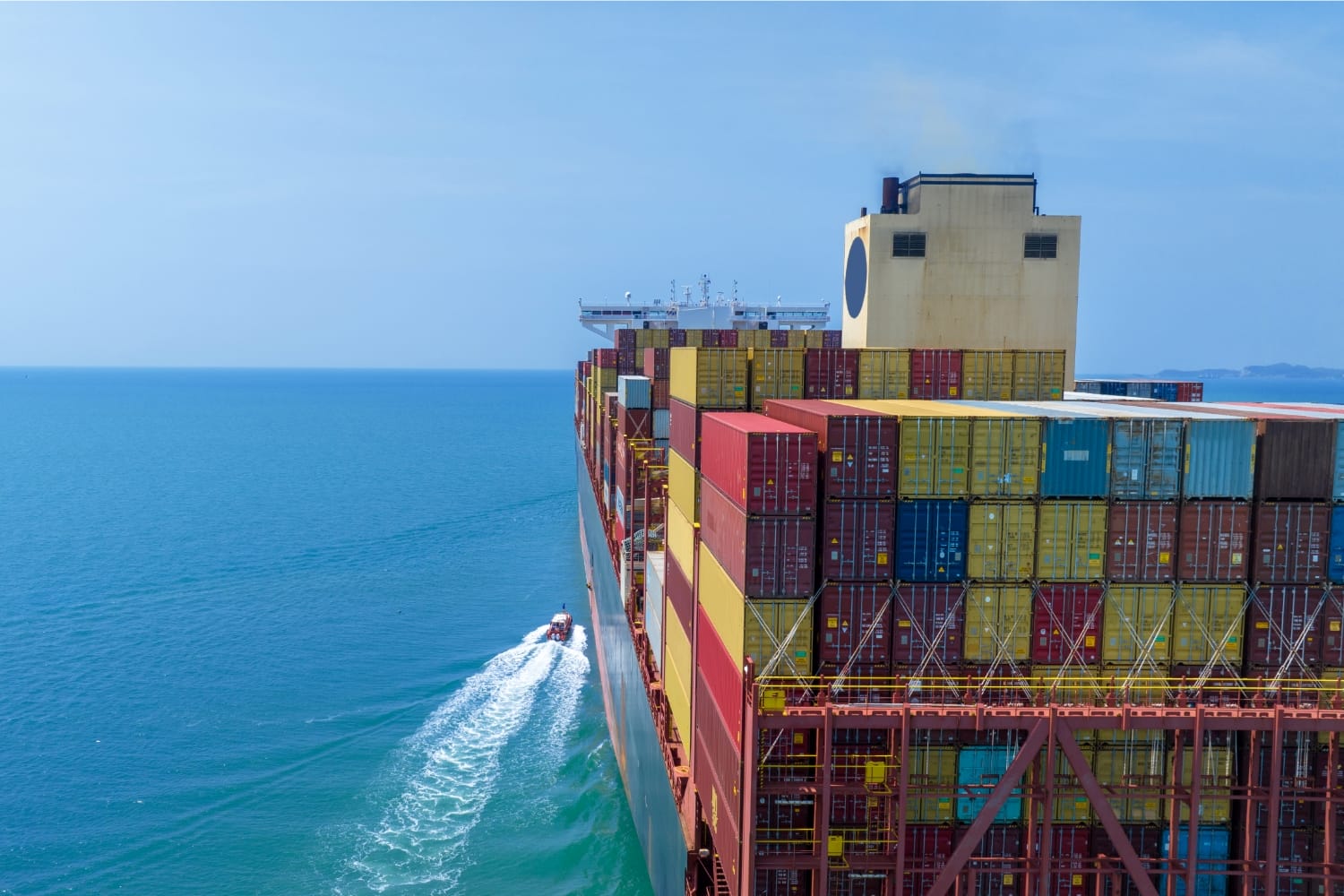When it comes to shipping goods—whether locally or internationally—understanding and estimating your shipment cost is essential for budgeting, pricing, and smooth delivery planning. Shipping costs can vary based on several factors, and having a clear estimate upfront helps you make informed decisions, avoid surprises, and ensure timely delivery.
In this guide, we’ll explain what influences shipping costs, how to estimate them accurately, and tips for keeping expenses low.
Why Estimating Shipping Costs Matters
Shipping costs can have a major impact on your bottom line, especially for businesses that rely on regular deliveries. Knowing your estimated cost allows you to:
- Set accurate customer prices
- Avoid unexpected expenses
- Compare carrier options effectively
- Plan logistics more efficiently
Whether you’re shipping a single parcel or managing freight across continents, cost estimation is your roadmap to predictable and profitable operations.
Key Factors That Affect Shipping Costs
Several elements come together to determine the total cost of your shipment. Here are the most important ones:
1. Shipment Weight and Dimensions
Carriers calculate costs based on actual weight or dimensional (volumetric) weight, whichever is higher. The larger or heavier your package, the more it will cost.
2. Shipping Distance
The farther your shipment travels, the higher the cost. Local or regional deliveries are typically cheaper than cross-country or international shipments.
3. Shipping Method
- Standard shipping: Affordable but slower
- Express or overnight shipping: Faster but more expensive
- Freight shipping: Necessary for bulk or heavy goods
4. Destination and Delivery Type
Residential addresses often incur extra fees compared to commercial ones. Remote or hard-to-reach locations may also increase the price.
5. Customs and Duties (for International Shipments)
When shipping internationally, be sure to include customs fees, import taxes, and other regulatory charges in your estimate.
6. Insurance and Additional Services
If you opt for shipment tracking, insurance, or special handling, these add-ons can influence your final cost.
How to Estimate Your Shipment Cost
Estimating shipping costs doesn’t have to be complicated. Here’s a simple process:
- Measure Your Package
Record the exact weight and dimensions (length, width, height). - Enter Details in a Shipping Calculator
Most logistics companies and carriers (like FedEx, UPS, or DHL) offer online cost calculators. You’ll need to enter the package weight, dimensions, origin, and destination. - Compare Carrier Options
Don’t settle on the first quote—compare rates across multiple carriers to find the best value for your delivery timeline. - Include Extra Fees
Consider taxes, surcharges, and optional services to get a more accurate total.
Pro Tips to Reduce Shipping Costs
- Consolidate shipments when possible
- Use the right-sized packaging to avoid dimensional weight charges
- Negotiate bulk rates with carriers if you ship frequently
- Automate your cost estimation with shipping management software
Make Shipping Simple with Accurate Cost Estimates
Whether you’re a small business owner or a logistics manager, estimating your shipment cost accurately is the foundation of efficient operations and customer satisfaction.
Take advantage of online calculators, understand the variables involved, and plan ahead to ensure every shipment is cost-effective and on time


